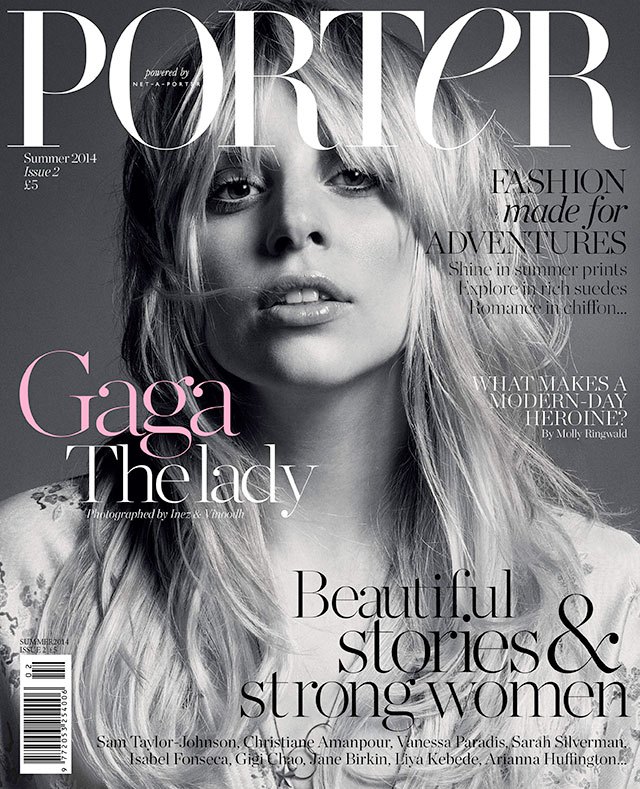[responsive] [/responsive]Print sells. Just ask Net-a-Porter VP Tess Macleod-Smith, interviewed by MagWorld in Fipp.com.
[/responsive]Print sells. Just ask Net-a-Porter VP Tess Macleod-Smith, interviewed by MagWorld in Fipp.com.
The article notes the one-year anniversary of Porter magazine, launched to be a fully shopable fusion of fashion and content for the brand’s e-commerce customers.
“The thinking behind Porter was to continue the fusion of fashion and content on Net-A-Porter.com and put the woman at the heart of everything by creating a print magazine that was entirely shopable,” Macleod-Smith notes.
“Print is the highest read form of fashion content for the affluent fashion consumer worldwide and pre-launch research showed us that 88 per cent of Net-A-Porter.com customers cited print as their preferred media for fashion content,” she continues. “Print also reinforces Net-A-Porter.com’s status as a world leader in ecommerce and content.”
And it’s working. Really well. Not only is circulation climbing, it’s converting and selling.
“After only six issues, Porter has grown its circulation to 152,500, subscriptions to 32,000 and secured distribution in 60 countries and 220 cities. We are ahead of target on the newsstand and ad revenues and our intention is to continue this momentum and grow Porter in key markets,” says Macleod-Smith.
A good call, especially since the title is clearly earning its keep.
“Research shows Net-A-Porter.com customers who subscribe to Porter increase their spend on the site by 125 per cent and their rate of frequency on the site by 25 per cent,” Macleod-Smith continued. “Recent stats also show that 35 per cent of Net-A-Porter.com’s highest spenders called their personal shopper after reading Porter. Since Porter launched in February 2014, readers have scanned more than 90,000 products with an 80 per cent click through conversion to Net-A-Porter.com or third party sites.”
Clearly there is a market for this fashion and content fusion, and customers are showing their loyalty to the brand and what it represents with their bank accounts. One year out and Porter proves that print has serious purchasing power.
